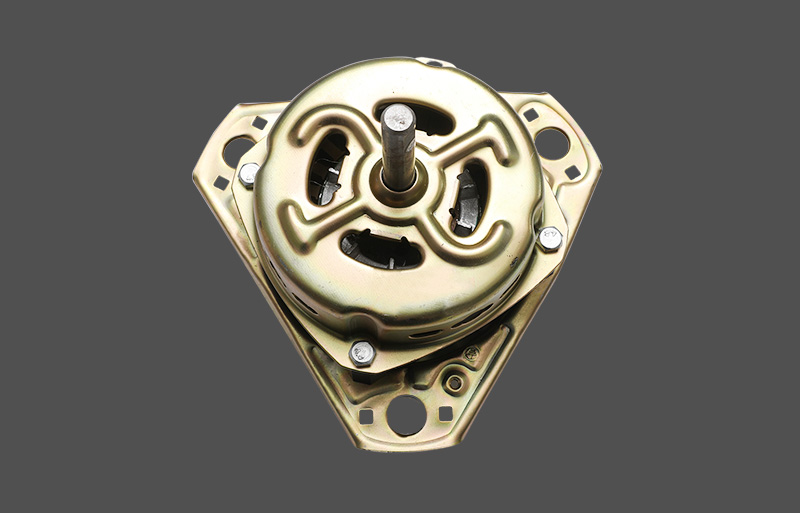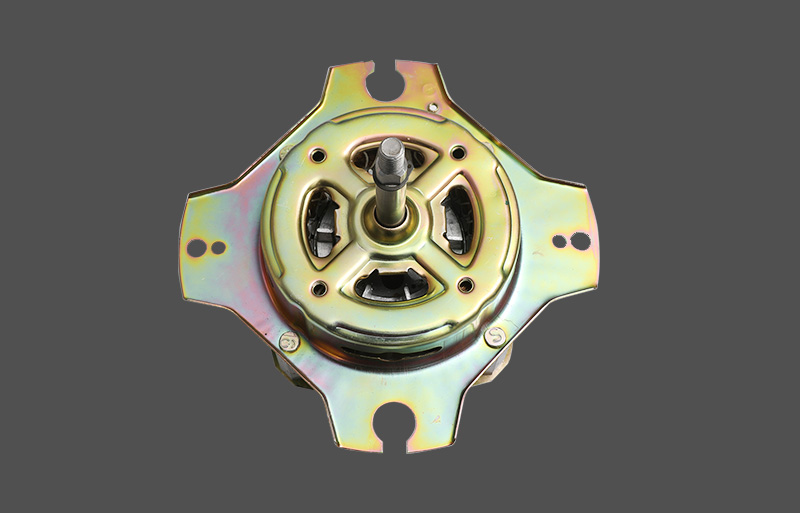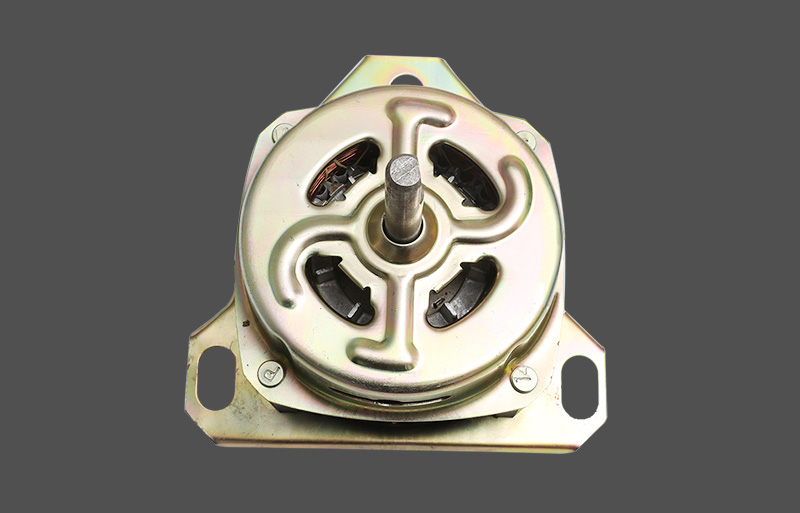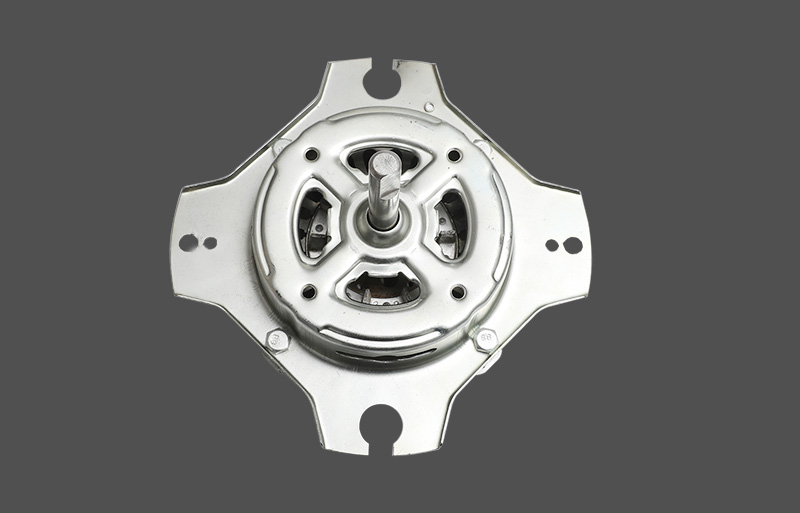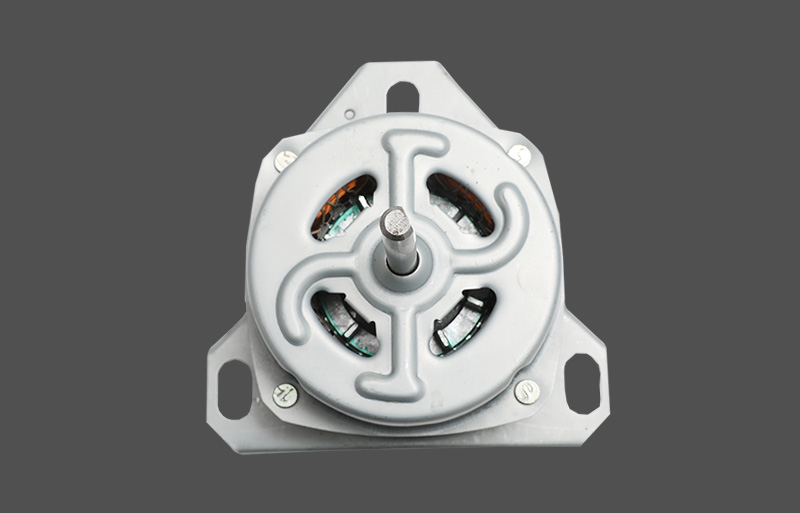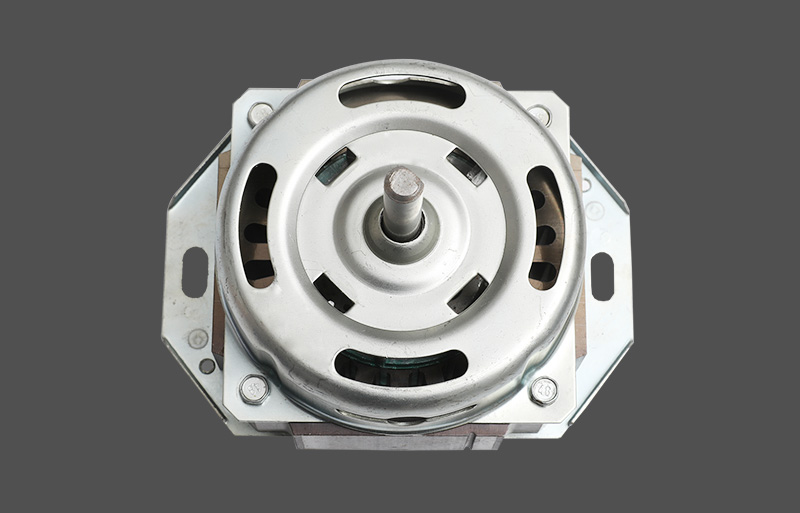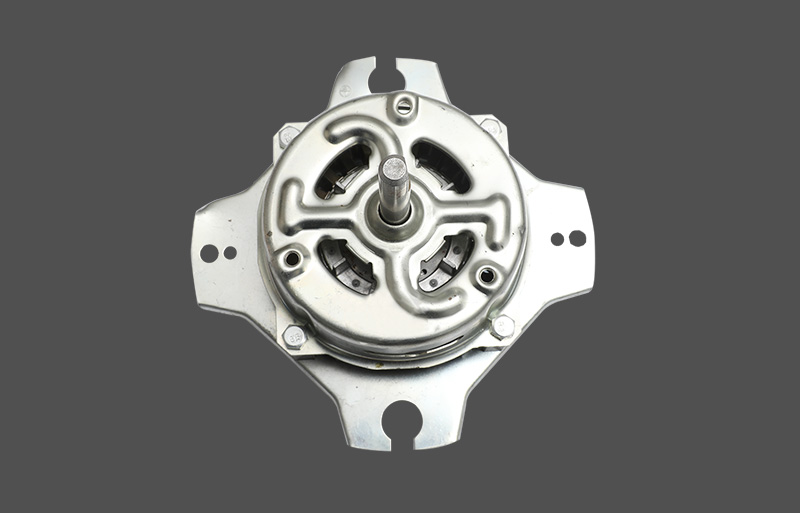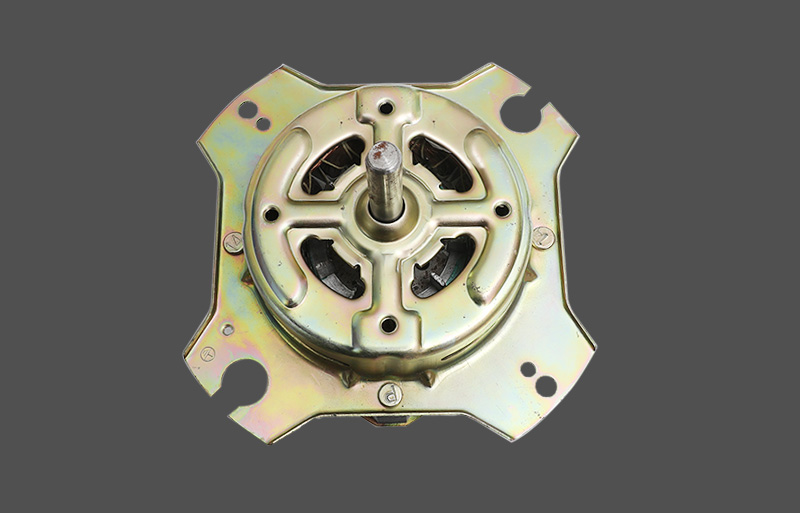The spin motor plays a central role in regulating the speed at which the drum rotates during the spin cycle. By controlling the speed, typically ranging from 800 to 1,600 RPM (revolutions per minute), the motor ensures that the washing machine performs optimally across different fabric types and load sizes. Higher spin speeds allow for the efficient extraction of water from clothes, which reduces the moisture content of the laundry after the wash cycle. As a result, clothes are less damp when they finish, and less time and energy are required for drying, whether through air drying or mechanical drying methods such as tumble dryers. Spin motors with variable speed settings allow the user to choose the appropriate spin speed for different types of fabrics, optimizing the balance between water extraction and fabric care.
The primary function of the spin motor is to remove as much water as possible from the clothes during the spin cycle. The efficiency of water extraction is critical because it directly impacts the amount of moisture remaining in the fabric, which in turn influences drying time and energy usage. A high-performance spin motor ensures that the clothes are thoroughly spun, extracting a significant amount of water from the fabric. This allows the washing machine to complete its function faster and more effectively, leading to less reliance on energy-intensive drying processes afterward. If the spin motor performs suboptimally, it may leave excess moisture in the clothes, causing the user to run additional drying cycles, which can lead to higher energy consumption and prolonged drying times.
The well-designed spin motor can handle different load sizes and fabric types with ease. In modern washing machines, the motor often features variable speed control or load-sensing technology, which adjusts the motor's performance based on the weight and type of laundry in the drum. This adaptability ensures that the washing machine operates efficiently under varying conditions. For example, with a heavier load, the motor may increase the spin speed to maximize water extraction, whereas with a lighter load, it may decrease the speed to avoid over-straining the motor and potentially causing fabric damage. This ability to adapt not only enhances the overall performance but also ensures that the spin cycle is completed without imbalances, reducing the risk of damage to both the motor and the clothes.
The efficiency of the spin motor affects the length of the spin cycle. A more powerful motor can extract water faster, leading to shorter spin times. Shorter spin cycles mean that the washing machine completes its task more quickly, which is particularly important in time-sensitive situations. Reducing the length of the spin cycle contributes to overall energy efficiency. By optimizing the amount of time the motor runs, the washing machine minimizes electricity usage and reduces the wear on internal components, increasing the lifespan of the machine. This is especially valuable in high-performance or commercial-grade machines where time and efficiency are crucial factors.
One of the most significant aspects of the spin motor is its impact on energy consumption. The efficiency of the motor in relation to the load and water extraction process can significantly influence the washing machine’s total energy usage. Modern washing machines often feature inverter motors, which use advanced technologies to adjust the speed and power consumption based on the load size. This enables the machine to operate more efficiently, using only the necessary amount of power to achieve the desired performance. Inverter motors are typically more energy-efficient than traditional motors because they avoid the energy losses associated with constant-speed motors. For example, during light loads or delicate fabrics, the motor can reduce speed, thereby saving energy while still achieving effective results.




